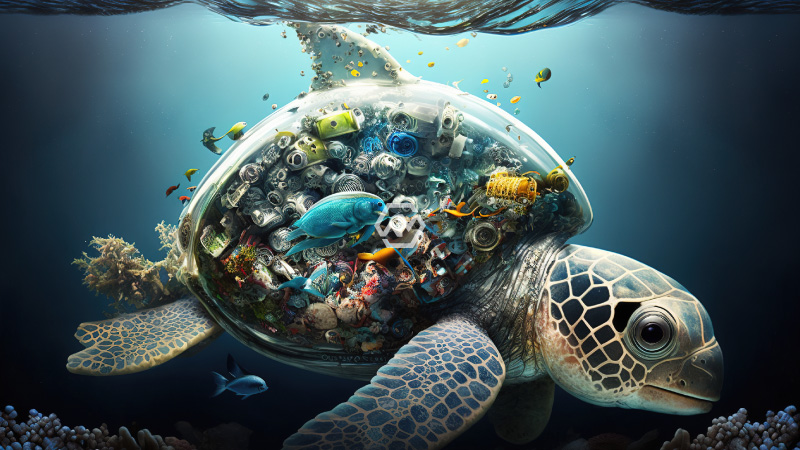The Incomparable Pacific Trash Fix is something beyond a twirling vortex of plastic drifting in the untamed sea more than 1,000 miles from land — it’s likewise turned into a biological system facilitating an assortment of ocean animals that grip the garbage.
Researchers concentrating on the notorious waste pile have found many marine species that call the fixed home, as per a review distributed Monday in the diary Nature Biology and Development.
Sea Creatures Attached to Plastic Trash
They found 46 unique types of spineless creatures living on the garbage, with by far most being species that are regularly just found along shores, as opposed to the center of the untamed sea. The animals included wipes, clams, anemones, scavengers, barnacles, and worms.
The Incomparable Pacific Trash Fix regularly alludes to a region of the Pacific Sea between California and Hawaii wherein drifting waste concentrates because of variables like breeze and flows.
The region — which is more similar to a Goliath junk soup as opposed to one huge constant store — has turned into a sad illustration of plastic contamination in Earth’s seas.
- The specialists gathered 105 bits of drifting trash from the fix and inspected them for indications of something going on under the surface.
- Eventually distinguishing 484 spineless creatures’ organic entities.
- Over 70% of the garbage gathered was conveying beachfront species.
The discoveries additionally went against the supposition that beachfront species couldn’t make due in areas of the untamed sea.
The creators said the outcomes propose the absence of accessible surface “restricted the colonization of the vast sea by waterfront species, as opposed to physiological or environmental limitations as recently accepted.”
The concentration additionally noticed that a large number of the beachfront creatures were residing close by creatures that are at home in the vast sea on a similar piece of flotsam and jetsam, assembling species that generally were probably not going to come into contact.
Biogeographer Ceridwen Fraser at the College of Otago, who was not engaged with the review, told The Atlantic: “As people, we are making new sorts of environments that have possibly never been seen.”



